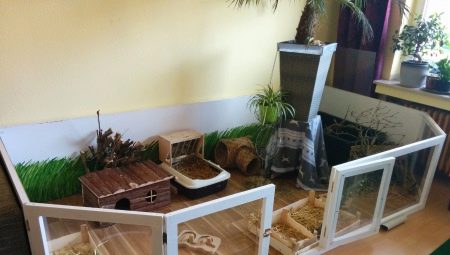Most guinea pig cages are too small. Guinea pigs need a suitable place to move and a separate place for the house in which your pets could hide and sleep soundly. In addition, the cage should have a separate feeding place and a playground. No animal should constantly live in a confined space, so make sure that your pig can really train and run in its cage.
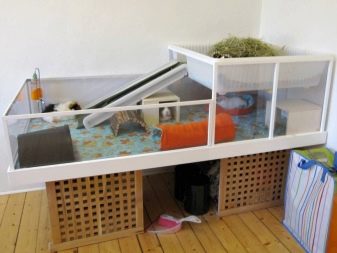
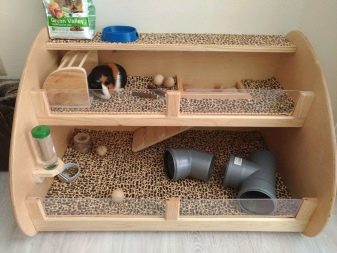
Guinea pig cage size
Why does size matter? Guinea pigs are one of those large rodents that are kept as pets, and yet their typical cage is not too spacious than smaller rodent houses such as hamsters and gerbils.
While small cages for animals are often higher than wider for guinea pigs, on the contrary, you need to increase living space so that there is a place for movement and digging. Guinea pigs will mainly move around the bottom of the rack and cage. Ramps and platforms at low altitudes are able to provide the necessary space for the normal existence of a guinea pig. In addition to living in a cage, guinea pigs must be given the opportunity to run outside the rack and cage.
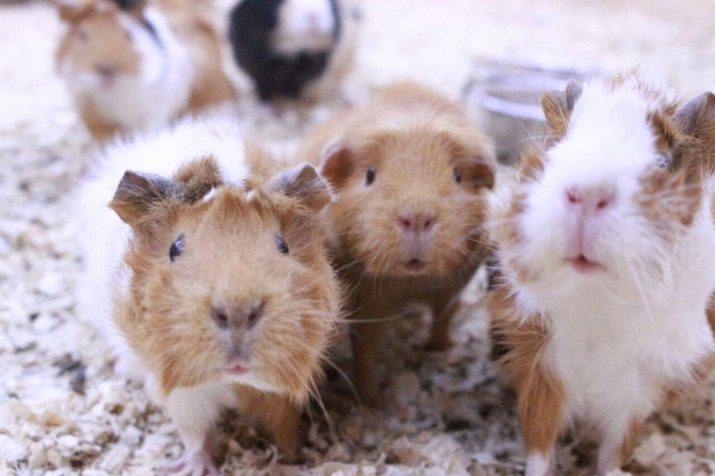
Guinea pig cage size recommendations:
- one guinea pig: cell 230 sq. cm (minimum), usually 80 * 90 cm - this is a good size;
- two guinea pigs: 230 sq. cm (minimum), but preferably 320 square meters. cm; as a rule, 75 * 125 cm is a good size;
- three guinea pigs: 320 sq. cm; as a rule, 75 * 155 cm is a good size;
- four guinea pigs: 400 sq.cm (minimum), but the larger the better, 75 * 200 cm is the optimal size.

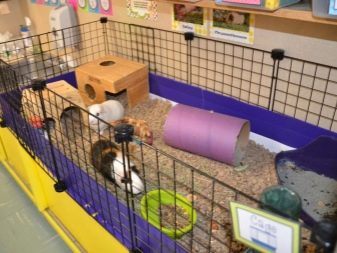
Do-it-yourself rack
Creating a suitable rack for a rodent is not a very difficult task. We offer you step-by-step instructions.
Plan your layout
The larger the cell, the better. The pet house should be designed so that the rack has two floors. However, this will require a ramp, so if you plan to do this, make sure that your guinea pig can climb onto such a ramp. Unlike many other small rodents, guinea pigs are not very athletic and may have difficulty climbing a steep slope.
Please note that guinea pigs should not be placed outdoors. They should be lodged in a room at + 18–27 ° C (65–80 ° F).
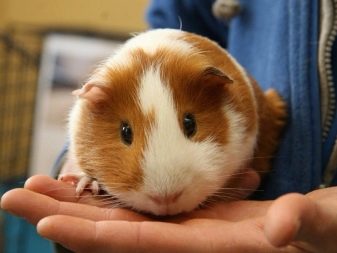
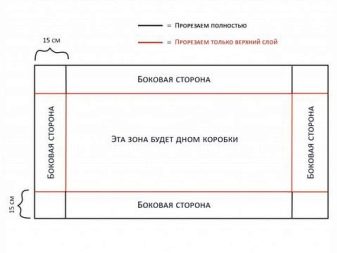
Think over the types of building materials from which the rack will be assembled.
The best are those that are assembled from solid wood. Avoid cheap and fragile plywood. In addition, you will need a net, wooden staples, screws or nails, galvanized latches and tools such as an electric drill, hammer, screwdriver, tape measure, wire cutters and a saw.
By the way, a large cabinet or a small cabinet can perfectly fit under the shelf and turn into a functional free cage. This saves you from having to buy all new materials to create the frame yourself.
Before you begin construction, draw up a detailed project to scale (with actual dimensions). This will let you know exactly how much wood, nails and other materials you will need.
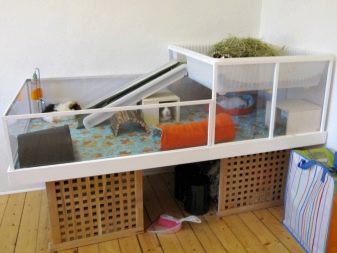
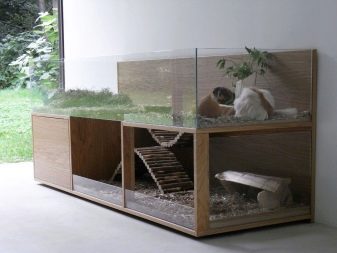
Build a frame
Start by preparing the bars that you need to cut into size from the purchased wood. Depending on how big you want to make the cage, you will need three separate sizes for the wooden parts: length, width and height.
For example, your dimensions can be approximately 75 * 150 * 40 cm. You will need at least 4 beams of this length, width and height if you want to build a separate part for the rack with an opening door.
Measure wood and double-check before chopping. Using an electric drill, drill the mounting holes a little smaller than your screw, and then insert the screw with a drill. All chopped wooden parts must be assembled in one design. If you do not have experience working with tools, self-assembly and construction of the rack can be problematic.


Install the floor, walls and roof
The cage must have a solid floor and a roof made of wood or plastic. Although some people recommend using a floor net, however, it can be dangerous for your pet and lead to a fracture or pinching of the leg, for example. Instead, make wire mesh walls. You just need to cut the grid pieces of the appropriate size and attach with wooden brackets to the assembled body.
Wooden floors, unfortunately, greatly absorb moisture. To avoid this, you can put something waterproof on the floor (for example, tarpaulin), under a thick layer of paper or shavings, the tarpaulin will not be able to absorb moisture.
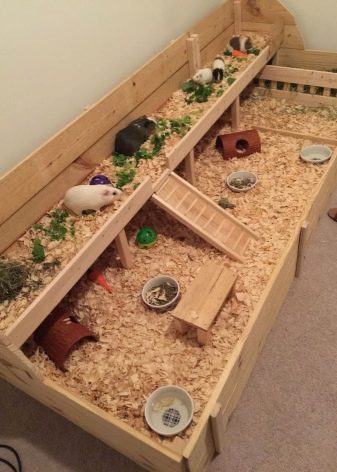
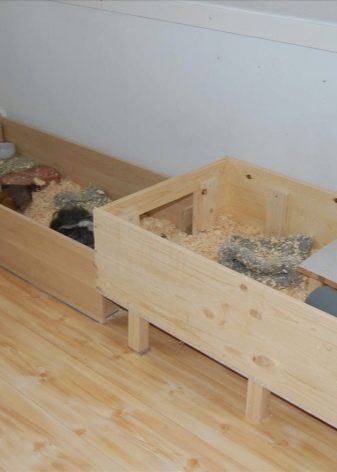
We independently make a guinea pig corral for outdoor walks on the grass.
In addition to the cage and the shelving, where your guinea pigs will be located most of the time, you can make a special paddock yourself.
A corral is a large mesh cage without a bottom that you can place directly on the grass. This special design will allow your guinea pigs to exercise, run and just walk without the risk of getting lost while walking outdoors on fresh grass.
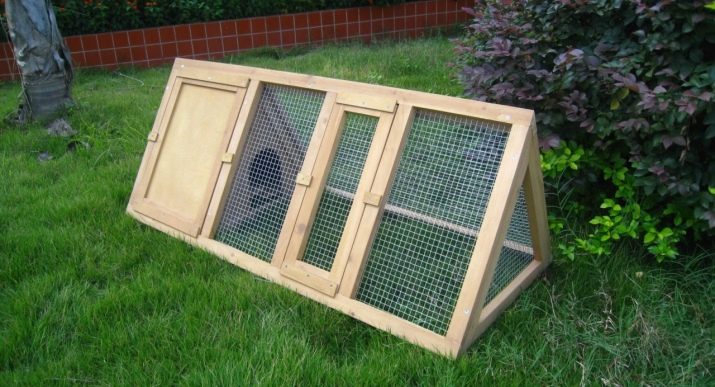
Many guinea pigs will also gnaw at the wooden floor or other parts of the cage from wood. Therefore, be prepared for the fact that over time you will have to repair the rack.
How to create optimal conditions for living a guinea pig
Spacious cages have many advantages, for example, large enclosures will be perfect for a rack or cages that you buy or make with your own hands.
Guinea pigs can live 5–7 years and can turn into bored, depressed pets if they do not have adequate stimulation. Imagine spending your whole life in the dressing room. Life would be pretty boring, wouldn't it?
Adequate training space means that your guinea pigs will be less likely to get diseases such as heart disease, diabetes, or other disorders. In a more spacious shelving, guinea pigs can train and run whenever they want.
Guinea pigs are usually most active in the mornings and evenings. At this time, they can play and play with pleasure, cheerfully making various sounds and whistling.
If your pets have a place where they can dig holes, this will significantly increase the likelihood of peaceful coexistence of several guinea pigs (since guinea pigs are social animals, they do better when placed together).
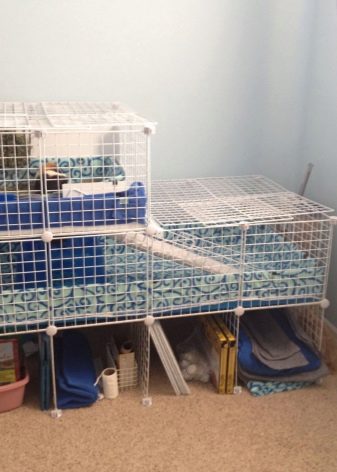
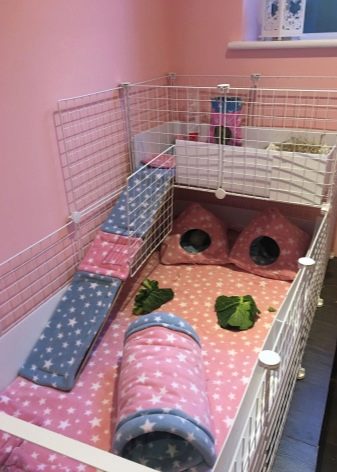
Large cages and shelving are actually easier to clean, which means that the pet house will be cleaned more often. This will prevent garbage accumulation. The guinea pig’s cage should be clean and dry to keep your pets happy.
Cedar and pine shavings cannot be used as fillers for shelving and cages because of the resins and oils they contain that are harmful to guinea pigs. Use paper towels in several layers to maximize moisture absorption.
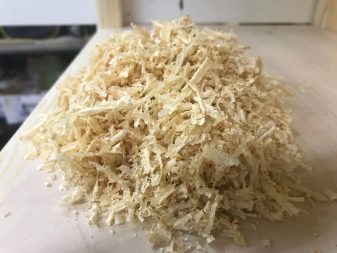
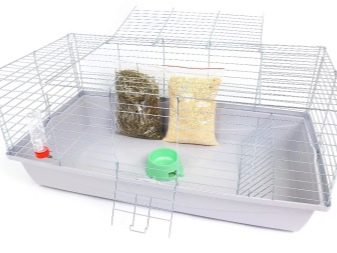
See how to make a rack for guinea pigs in the next video.
